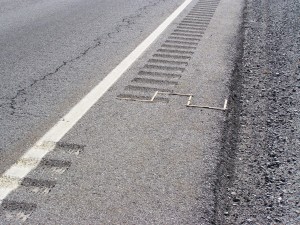From CalTrans:
“Due to military operations, the bike path from the Las Pulgas Gate to the southern edge of the San Onofre Beach State Park will be closed to the public from 27 Nov to 1 Dec and possibly on 2 Dec depending on ship schedule. The closure will be daily from 6 AM to 6 PM. Public should monitor Camp Pendleton social media to find out if the path will remain closed on 2 Dec.”

